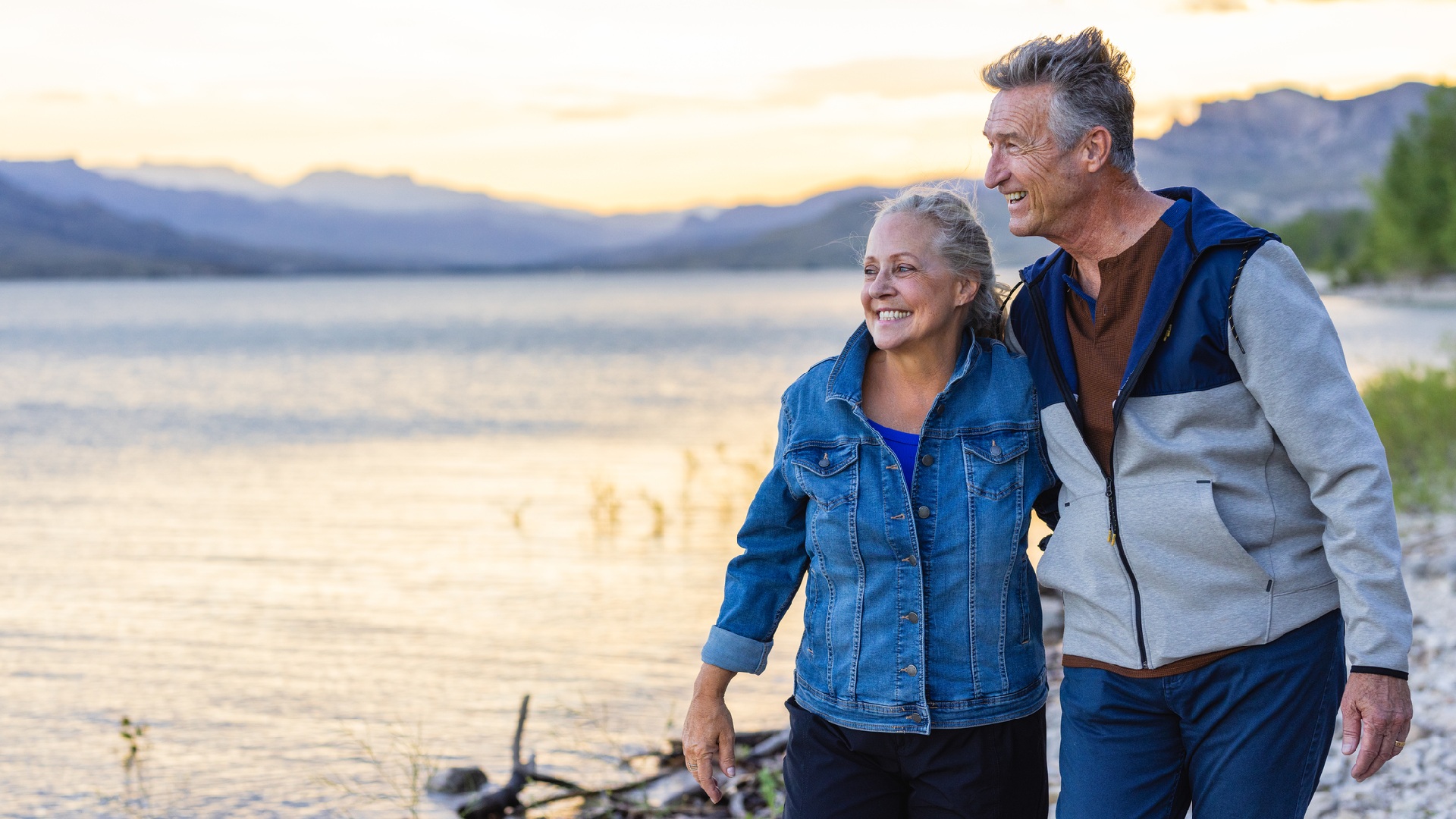June 12, 2025
Yellowstone National Park is one of the most popular travel destinations in the world. It’s no wonder. This vast wonderland is home to a plethora of wildlife and geothermal features. Where else in the world can you see a grizzly bear foraging for insects in the morning, a geyser erupting in the afternoon and a wolf howling at sunset? Not to mention the amazing scenery of this corner of the Rocky Mountains. It can be a little overwhelming when planning your trip. So to help with your planning here is Corrie’s Top 11 Things to see when visiting Yellowstone National Park.
- Old Faithful – The most popular sight-seeing spot in Yellowstone should be on your must-see list. It is the most reliable thermal feature in the world. Old Faithful erupts approximately every 91 minutes for a duration of about 2.5 minutes. It is a spectacular site to see! I suggest viewing the eruption from the boardwalk then take the short hike up to the Old Faithful Overlook and watch it from that vantage point. After experiencing Old Faithful, I usually plan to spend about 3 hours walking the geyser basin. There are some really interesting thermal features to see. This brings me to the next item















